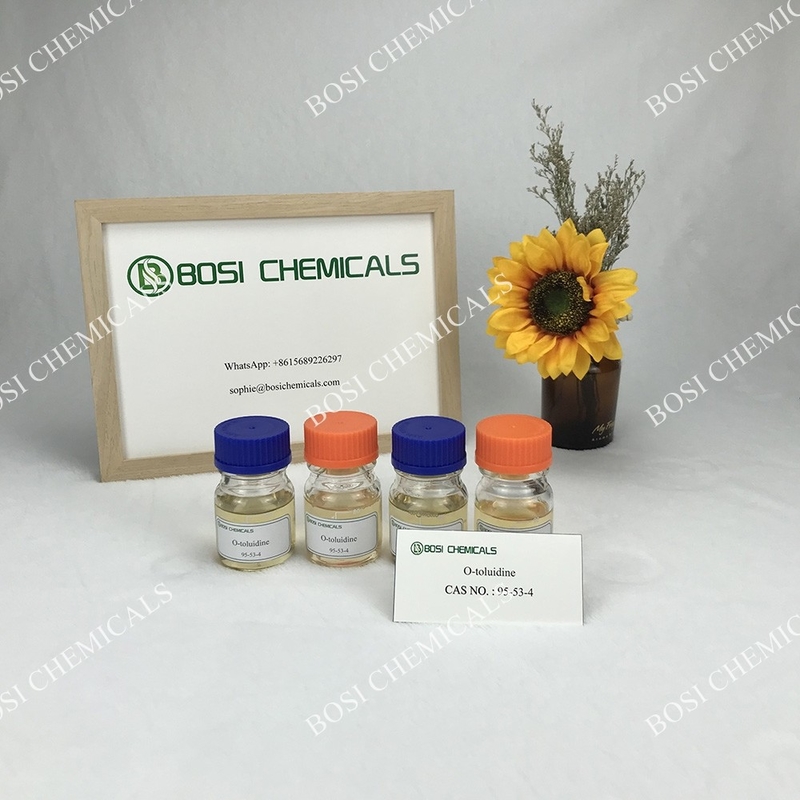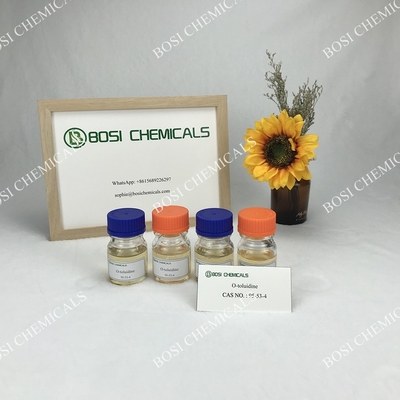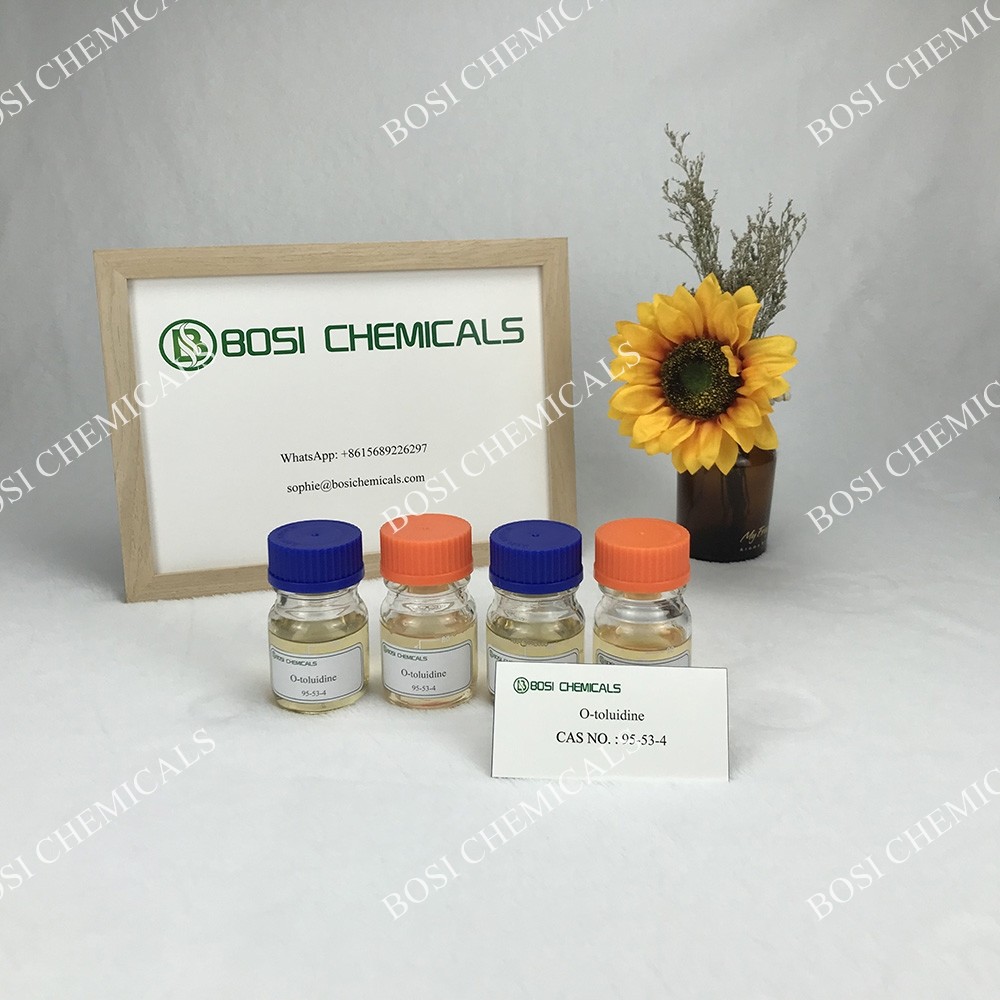CAS No. 922-67-8 Fine Chemical Intermediates For Methyl Propiolate
Methyl propionate has been used to synthesize polysubstituted 3-arylaminoacrylate and tetrahydropyrimidine 2-ketone derivatives. It is also used as a sulfhydryl derivator for capillary electrophoresis.
It is used to synthesize 1,2,3, 5-phenyltetracarboxylic acid in a one-pot, four-component reaction promoted by triphenyl phosphine.
Handling and Storage
Handling: Remove contaminated clothing and wash before reuse. Use only in a well-ventilated area. Ground and bond containers when transferring material. Use spark-proof tools and explosion proof equipment. Avoid contact with eyes, skin, and clothing. Empty containers retain product residue, (liquid and/or vapor), and can be dangerous. Keep container tightly closed. Keep away from heat, sparks and flame. Avoid ingestion and inhalation. Do not pressurize, cut, weld, braze, solder, drill, grind, or expose empty containers to heat, sparks or open flames. Storage: Keep away from heat, sparks, and flame. Keep away from sources of ignition. Store in a tightly closed container. Store in a cool, dry, well-ventilated area away from incompatible substances. Flammables-area.
| ITEM |
CONTENT |
| Alias |
Methyl propiolate |
| Purity |
99% |
| Molecular Weight |
84.07 |
| CAS No. |
922-67-8 |
| EINECS No. |
213-083-5 |
| Density |
0.945 g/mL at 25 °C (lit.) |
| Appearance |
Clear, colourless to pale yellow liquid |
| Molar mass |
84.074 g·mol−1 |
| Boiling Point |
103-105 °C (lit.) |
| Storage |
Store at room temperature |
| Melting Point |
171-173 °C |
| Type |
Organic chemical industry |
| Sensitive |
Stable. Highly flammable. Incompatible with strong oxidizing agents, bases, acids. |
Methyl propiolate undergoes Lewis acid catalyzed reactions with alkenes in high yield. Mono and 1,2-disubstituted alkenes give mainly cyclobutenes. 1,1-disubstituted, trisubstituted and tetrasubstituted alkenes give only one adducts. Use of ethylaluminum dichloride as catalyst allows the isolation of pure products from acid-sensttive alkenes. Functionalized alkenes containing nonbasic functional groups are suitable substrates. Alkenes containing more basic functional groups ae suitable if 2 equiv of catalyst is used.
Potential Health Effects Eye:
Causes eye irritation. Lachrymator (substance which increases the flow of tears). May cause chemical conjunctivitis and corneal damage.
Skin:
Causes skin irritation. May cause cyanosis of the extremities. Ingestion: May cause gastrointestinal irritation with nausea, vomiting and diarrhea. Ingestion of large amounts may cause CNS depression.
Inhalation:
Causes respiratory tract irritation. Vapors may cause dizziness or suffocation. Can produce delayed pulmonary edema. May cause burning sensation in the chest.
Chronic:
Prolonged or repeated skin contact may cause dermatitis. Effects may be delayed.



 Your message must be between 20-3,000 characters!
Your message must be between 20-3,000 characters! Please check your E-mail!
Please check your E-mail!  Your message must be between 20-3,000 characters!
Your message must be between 20-3,000 characters! Please check your E-mail!
Please check your E-mail! 



